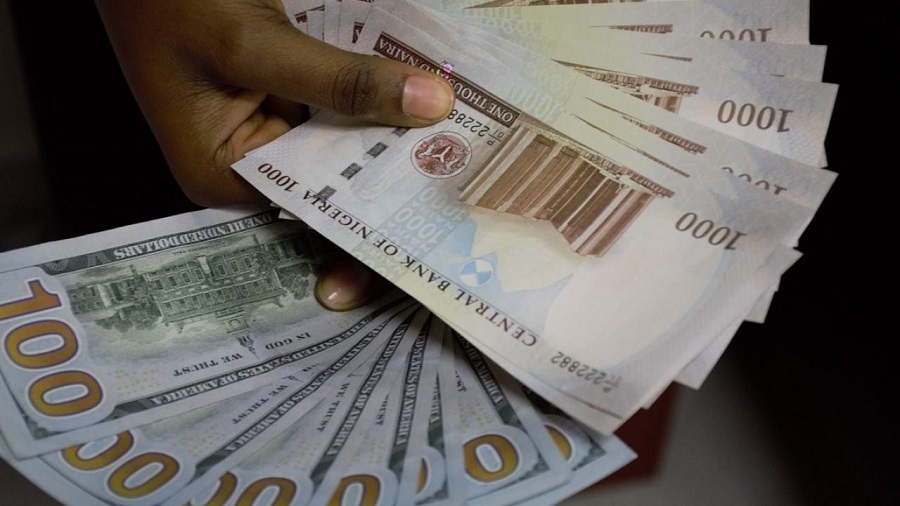Nigeria’s Business Performance Index (BPI) rose to +12.29 in April 2025, signaling a positive outlook for private sector activities and showing an improvement from the +6.58 recorded in March 2025.
Gatekeepers News reports that the uptick reflects a gradual return of business confidence, driven by improvements in operational outlook, production activity, and marginal gains in the macroeconomic environment.
According to the latest NESG-Stanbic IBTC Business Confidence Monitor (BCM) for May 2025, the ranking of business constraints in April remained largely unchanged from March, with power supply shortages continuing to rank as the most significant obstacle to business expansion. Other notable challenges include the rising cost of commercial leases and rental properties, limited access to finance, unclear economic policies, and the restricted availability of foreign exchange.
The Manufacturing sector posted a BCM Index of +8.78 in April, up slightly from +8.25 in March 2025, demonstrating the sector’s resilience despite structural constraints such as insufficient production space and persistent insecurity. Manufacturers adopted an extremely cautious approach to production planning in April to mitigate potential losses due to widespread insecurity and an unstable macroeconomic environment.
Businesses expressed cautious optimism for the future, with the Future Business Expectation Index for the period of one to three months standing at +28.98 in April, a slight increase from +28.04 in March. This sentiment was buoyed particularly by positive outlooks in the Trade and Non-Manufacturing sectors, where businesses anticipate marginal improvements in demand and profitability.
Key drivers of business optimism in April included a Production Index of +59.41, Export Index of +24.00, Operating Profit Index of +73.73, Cash Flow Index of +78.62, and Employment Index of +53.31. These indicators suggest growing expectations of improved financial performance, operational cash flow, and job creation in the coming months.
However, the report warned that the recovery could be stifled by persistent macroeconomic headwinds, including high inflation, elevated interest rates, and weak consumer purchasing power. It called on policymakers to urgently address lingering structural issues, particularly in the power sector, monetary policy direction, and financial inclusion, to sustain the positive momentum recorded in the first half of the year.








